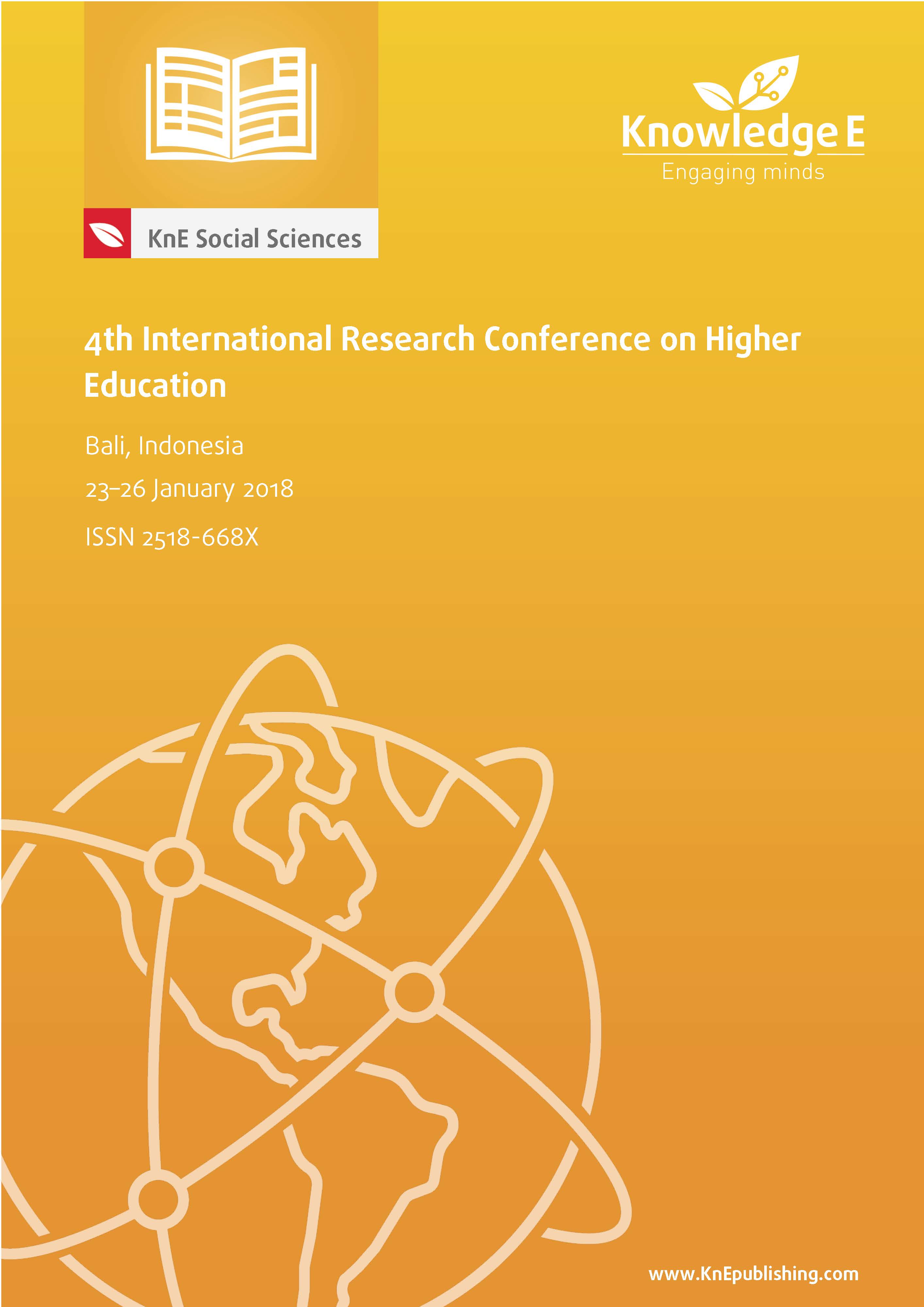Utilization of Shell Wastes for Locally Based Cement Mortar and Bricks Production: Its Impact to the Community
DOI:
https://doi.org/10.18502/kss.v3i6.2435Abstract
Marine shell wastes have been popular as a recycled material for many type of construction due to its characteristics which resembles limestone that is similar to cement raw materials and if it is processed into shell ash cement, it can be substituted or blended with Portland cement for concrete works. The use of mussel and oyster shell ash cement as substitute for Portland cement will minimize the use of mountain forest and quarries as sources of Portland cement. Thus, the study was conducted to evaluate the utilization of mussel and oyster shell ash cement blended with Portland cement for masonry cement mortar as block binder and for the production of concrete bricks. The study provides analysis for the suitability of the materials and its impact of production to the community. The multiple baseline design was used in the study. Results show that when mussel and oyster shell wastes are transformed into an ash cement, it can be used as partial substitute for Portland cement in the production of locally-based masonry cement mortar as block binder and bricks production for the community at a mix ratio of 5%, 10%, and 15% of either mussel or oyster shell ash cement and 95%, 90%, and 85% Portland cement, respectively. This is evidenced by their chemical properties, specific gravity and mechanical properties especially compressive strength. The production of the above-mentioned new technology will give impact to the community that will improve the quality of people’s living conditions and its environment, encourage participation of women, and create responsible leaders in the community.
References
Concrete in Practice, https://www.nrmca.org/aboutconcrete/cips/30p.pd, September, 2017.
adbrimasonry, https://www.adbrimasonry.com.au/homeowner/bricks, September, 2017.
Going Green Web Guide,Middletown Thrall Library, Copyright © 2008-2017, http: //www.thrall.org/special/goinggreen.html. December 2017.
FitzGerald A. (2007), Shell Waste in Aggregates Project Report For Sea Fish Industry Authority: Final Report. UK. ISBN – 978-1-906634-14-8, pp. 2023.
Mamon, S. J. et al. (2017), A Comparative Study in the Calcium Content of the Shells of Oyster (Crassostrea Echinata), Green Shell (Perna Viridis), Capiz Shell (Placuna Placenta), and Nylon Shell (Callista Erycina) from Panay Island, Philippines, 1International Journal of Applied Pharmaceutical and Biological Research 2(4): pp.
, ISSN: 2456-0189, http://www.ijapbr.com/
Ferron, J. and Scott, H.. Multiple Baseline Designs. Statistics Reference Online. University of South florida, USA, 2014.
Thomas, J. A., Introduction to Research in the Health Science. 6
Costales and Zulueta, Experimental Research. USA, 2013.
ASTM International, American Society for Testingand Materials (ASTM), 19428-2959 USA, 2012.
Ymas, S.E., College Statistics, Ymas Publishing House, Philippines, 2012.
McDonald, J.H., Handbook of Biological Statistics (3rd ed.). Sparky House Publishing, Baltimore, Maryland. 2014.
Polit & Hungler, Research Methods. University of Michigan, 2014.
Department of the Environment, Water, Heritage and the Arts. Assessment for Waste Management (International Association for Impact assessment), Australia, 2010.
Webster (1981:221),
Guilford and Fruchter (1978:32),

